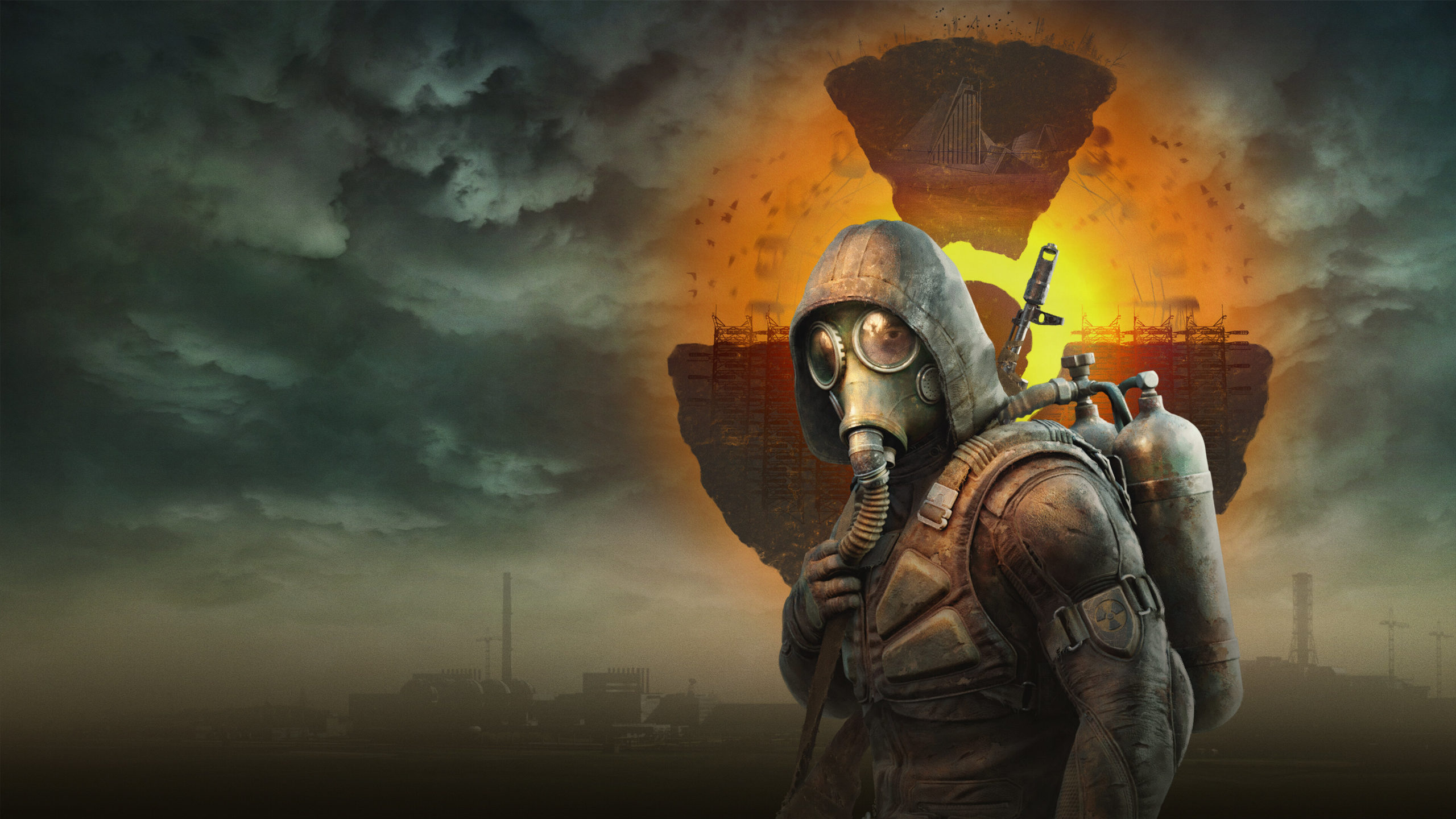Context is pivotal when considering Stalker 2: Heart of Chornobyl. The journey of the development team suffering from the ongoing war in Ukraine while building this title is impossible to separate when attempting to review it on its own merits. The fact it exists at all is a substantial feat, and I want to emphasise that from the outset. I’m happy this video game exists, and I have nothing but admiration for GSC Game World for managing to release it in any kind of playable form.
However, my intent will be review Stalker 2 on its own merits from here on out. Following a severely rocky launch period on Xbox and PC where it was plagued by bugs, broken systems and unflattering glitches, Stalker 2 has made its way onto PlayStation consoles. With a heavy backpack to bear, damaged suit to suffer and endless streams of mutants, anomalies and bandits to endure, let’s find out if the Zone can survive it’s foray one year later.
Heart of The Zone
My most immediate and pressing impression of Stalker 2, which will become a through-line across this review, is that it’s caught in a quagmire of two very distinct visions. One in which it’s a brutalist, hardcore survival adventure structured on planning, tactical engagements and constant pressure. The other, where its a post-apocalyptic playground of lightweight gunfights, monster killing and lighthearted, popcorn storytelling.
As Skif, we enter the Zone at the outset with an apparently remarkable scanner in-hand. Before long, Skif is accosted, dispossessed of his equipment, and left for dead. Our journey begins in earnest here, where we must venture deeper into the nuclear fallout, navigate the various factions at each other’s throats, and discover the mystery surrounding the current version of the Zone.
The opening hours offer a solid start – getting introduced to groups like the Ward, SIRCAA, the Spark and so on. If you’ve played previous entries, you’ll have a significant leg-up in understanding the various in-and-outs, as well as who various figureheads are. If you’re new to this radiation ravaged land however, well, you’re in for a lot of raised eyebrows and “who’s that again?”. I was anyway. Despite some basic knowledge of the previous games, I was often lost for who was being referred to.
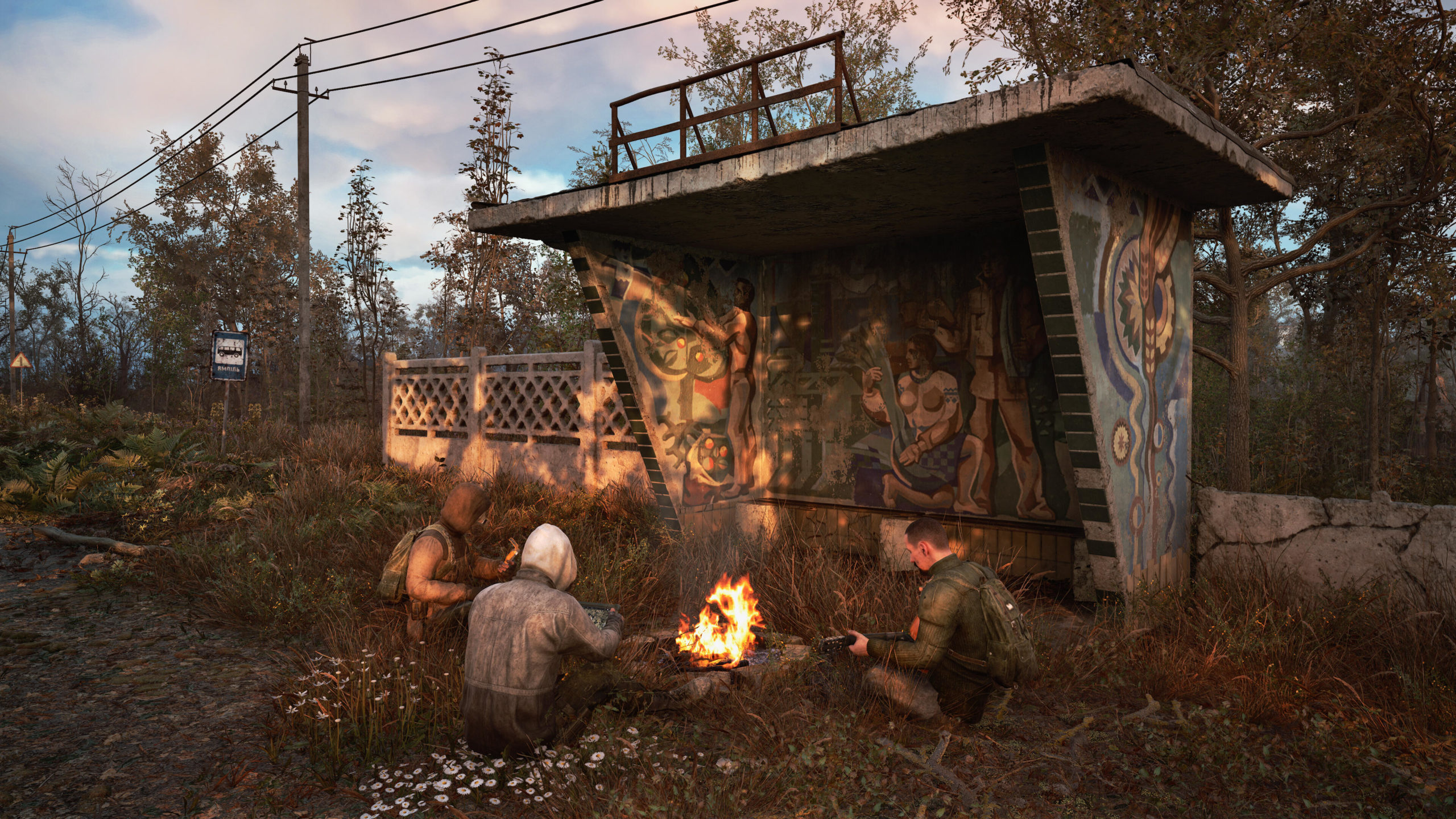
Stalking My Prey, Or Pray For Me Stalker
The central plot surrounding the mystery of scanner artifact, along with a new existential threat to the Zone itself, is engaging enough and serves its purpose of sending you across the huge landmass to explore. The dialogue and voice acting, however, are extremely inconsistent. Skif himself fits the nomad type effectively, but some of these officers and soldiers barely sound believable as people, which undercuts much of the tension and dramatic stakes.
It had a similar vibe to Dying Light 2 for me. Whereby the story itself was serviceable but undone by lackluster performances and some non-sensical decision-making. Stalker 2: Heart of Chornobyl has various choices to make throughout its campaign and side-quests. Occasionally, those choices have the appearance of having some weight. More often than not though, they’re as flimsy as a biscuit soaked in irradiated water.
Most choices boil down to sparing or killing a key figure, once their role in the story is already finished. Alternatively, it may be to speak to bandits instead of killing them immediately… only for them turn on you in the conversation anyway. In one quest, there’s a great setup of a bandit leader requesting you kill another one of two leaders vying for a region’s control. “Awesome”, I thought, as I went out to discover their personalities, how they’d lead and what immoral compasses they likely possessed.
It was a brilliant quest. I had negotiated with one after getting intel of how to sneak into their base. I lobbed a grenade into the other’s base and mowed down the survivors as they attempted to leave. Then I was betrayed by my original quest giver and had to battle tooth-and-nail to escape. It was one of the highlights of my entire playthrough. Imagine my despair then, when Stalker 2 immediately undoes all of that storytelling by making it immediately redundant after resolving it.

The People of Chornobyl
Faction conflict and organic tussling of territory was a key part of what made the original Stalker games so immersive. In the sequel however, it feels largely redundant for much of the game. Often you’ll be tasked with siding with one faction over another for a quest, but it never felt like it had far-reaching consequences. I often sided against the Ward, for instance, only for them to be totally fine with me when I next saw them.
As you explore the anomalous Zone, you’ll often come across small groups fighting each other and battling mutants. Each NPC is even named. However, the emotional pull is nulled by how they constantly respawn, and territory is rarely gained or lost organically. Instead, it’s all superficially crafted through side and main quests. The Zone often feels like a barren landscape when you as the player aren’t there, which compared to something like Kingdom Come: Deliverance 2, feels lacking for an immersive sim of this type.
Despite this, there a lot of missions to embark on in just the main story alone, never mind the stream of smaller tasks, side-missions and optional stashes to uncover. Not all are created equally, but there are a fair few highlights that will stick out, either due to their clever use of anomalies, or tense setups. One sequence in the swamps region had me battling for every meter of ground. In these moments, Stalker 2 really shines with the glow of a nuclear reactor.
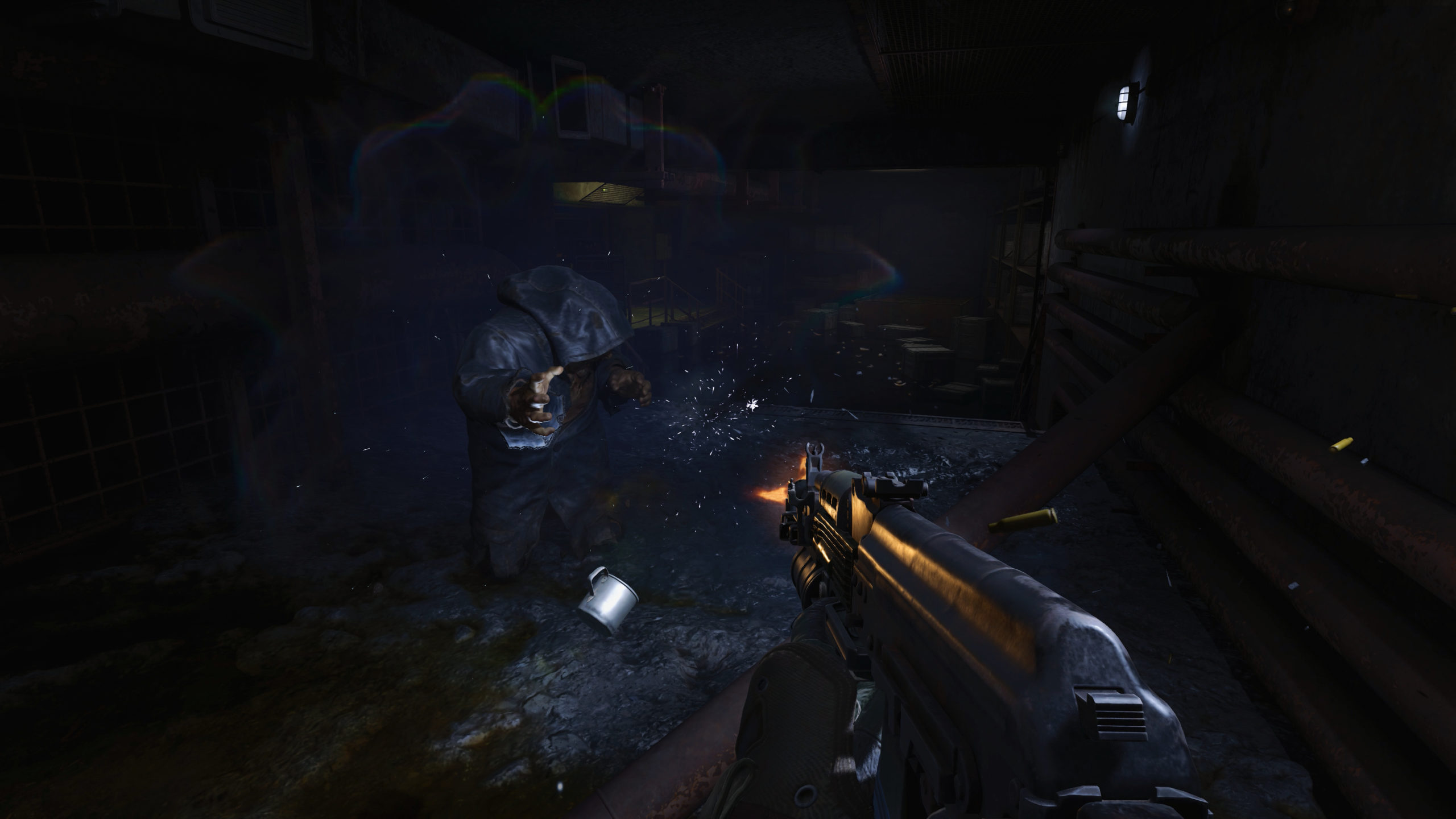
Stalk Out Through The Fallout
The act of actually playing Stalker 2: Heart of Chornobyl is where things become much more complicated and nuanced. In terms of the good, shooting and gunplay are generally satisfying, especially against human enemies. Nailing a headshot comes with a satisfying ‘crack’, and there’s a great variety of weapon types to try out and upgrade. Knowing your ammunition types and how to best to utilise your equipment feels rewarding once you get to grips with the recoil and handling too.
Some of the tougher mutant varieties will seriously test your mettle as well. A Burer can telekinetically throw your best weapon right out of your hands, whereas a pseudogiant will ravage through your reserves. When you’re focused on making every shot count and overcoming insurmountable odds, using everything available to you, Stalker 2 comes alive within the hail of gunfire.
Unfortunately, this is where the conflict I mentioned at the start really begins to become noticeable. Despite the limitations you as the player have to overcome, enemies have laser-like accuracy and the ability to seemingly see through or around walls. If this is an intense, gritty survival shooter, why is every bandit a crackshot on par with The Punisher? Why are there so many smaller rodents that are impossible to hit with the heavy, weighty gravity of the guns you wield? Fighting packs of dogs or rodents is genuinely arduous, and not because of the claws, but because they’re an arcade shooter foe in a realistic grounded FPS.

Stalking My Ear Off
Stalker 2 additionally loves to throw you into ridiculously unfair scenarios in almost every quest. Talk to this person? They turn hostile in a tiny room, with three of their shotgun-wielding buddies right there. You’re melted immediately, forcing use of save-scumming and just blowing people away once you now know their intentions in advance. Hardly a thrilling exercise of choice and decision-making.
Then there’s the survival elements, like ailments and the encumbrance system. For me, they simply don’t work here. The encumbrance mechanic in particular destroys any momentum the game desperately needs. The limits are so low that it stifles experimentation with different weapons/equipment, prevents you looting a majority of gear and often lead me into 20-minute treks back to a stash. If the choice is leaving behind the reward of the entire quest or a literal hike at a snail’s pace, the mechanic probably isn’t doing its job.
Again, this ties into the quandary Stalker 2: Heart of Chornobyl suffers with. Having limited inventory and punishments for over-looting works in a survival shooter, but not for a game where you need multiple ammunition types, quest items, medkits, bandages, vodka, water, food etc just to complete any quest. You’re almost always in a combat encounter, so you’re constantly battling between having enough to beat the galleries of foes you fight, versus having just enough space to actually be able to take any rewards.
If anything soured my experience of Stalker 2 the most, it was the encumbrance system. It’s no surprise that the game’s most popular mod on PC is one that removes the mechanic entirely. Stalker 2 ties one hand behind your back while sticking an RPG into the other. Have you ever tried to fire an RPG with just one hand? Me either, but I imagine it’s quite entertaining in a maddening kind of way, which is what the gameplay loop descends in to all too frequently here.

An Anomaly But Not The Exception
Of course, I’d be remiss to speak about a Stalker game without mentioning the Zone itself and its various anomalies. Along your path, you’ll run into whirligig swirls of wind, electric orbs that chase you down, fire-spitting crevices and even light-distorting orbs that’ll swallow you up like Kirby before spitting you right back out. They’re a constant environmental menace, capped off with catastrophic emission events that will force you to seek shelter regardless of what task you’re currently engaged with.
As I slowly uncovered the Zone, I was persistently on edge (in a good way), fearing a misstep would lead me into a death-defying anomaly. After the first 10 hours or so however, they become just another environmental hazard like any other. They lose much of their luster as their placements are scripted, not random, but a couple of more creative quests use them in more interesting ways.
In general Stalker 2’s huge map is littered with things to do, place to find and nooks to explore. If you’re someone who loves to lose yourself in a giant open world, this’ll be right up your radioactive street. I did find that exploration becomes less incentivised the further in you get, as you’ll already be stockpiled with weapons and equipment (from all of those stash treks), and there’s a heck of a lot of empty space that the game probably could have cut, which may have alleviated its more frustrating elements.
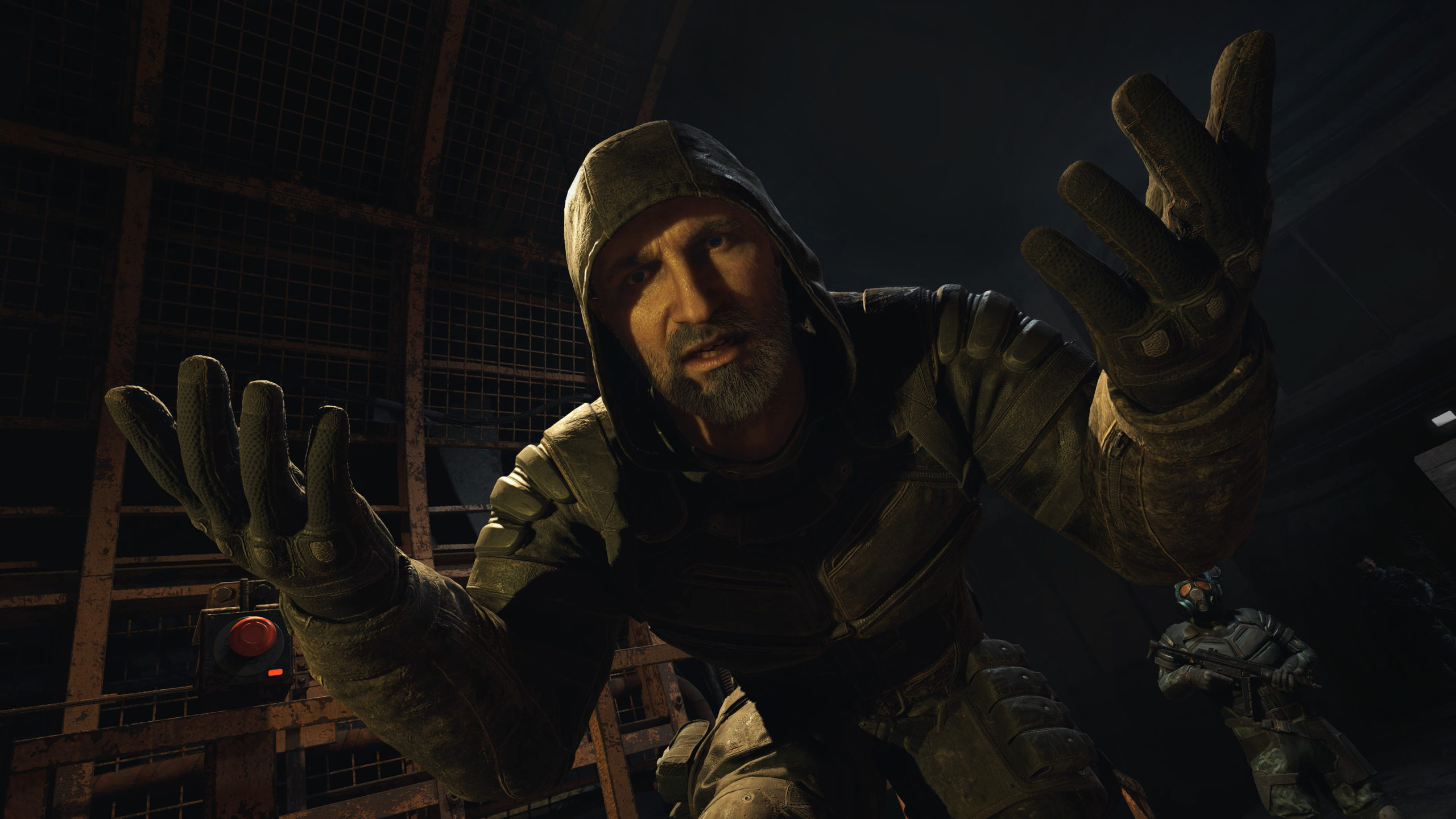
A Broken Heart, But Mending
Finally, I want to talk about the port to PS5, given that Stalker 2: Heart of Chornobyl has had a year’s worth of fixes and patches since its initial release. From what I can gather, it’s in a much better state, which is probably the bare minimum of what should be expected, but it is worth acknowledging. I encountered no crashes or stability issues, aside from the odd stuttering frame here or there.
Visual glitches do still occur semi-frequently, my favourite of which is enemy corpses clipping through walls or the floor, with just their feet dangling above ground. Lighting can occasionally look odd and night-time is often too bright for NVGs to be useful but too dark for the pitiful flashlight you get. Aside from those though, I didn’t have much to complain about and there are some genuinely beautiful moments wandering this wasteland.
I had one significant quest related bug, whereby a character I needed to speak to would just continually shout “get lost!” instead of triggering the dialogue required. It prevented me solving the quest in a way I would have liked, despite repeated restarts and loading saves. In the end I just massacred them and moved on. Truth be told, after the 20 hour mark, that apathy is what took hold for most of my feeling towards the game.
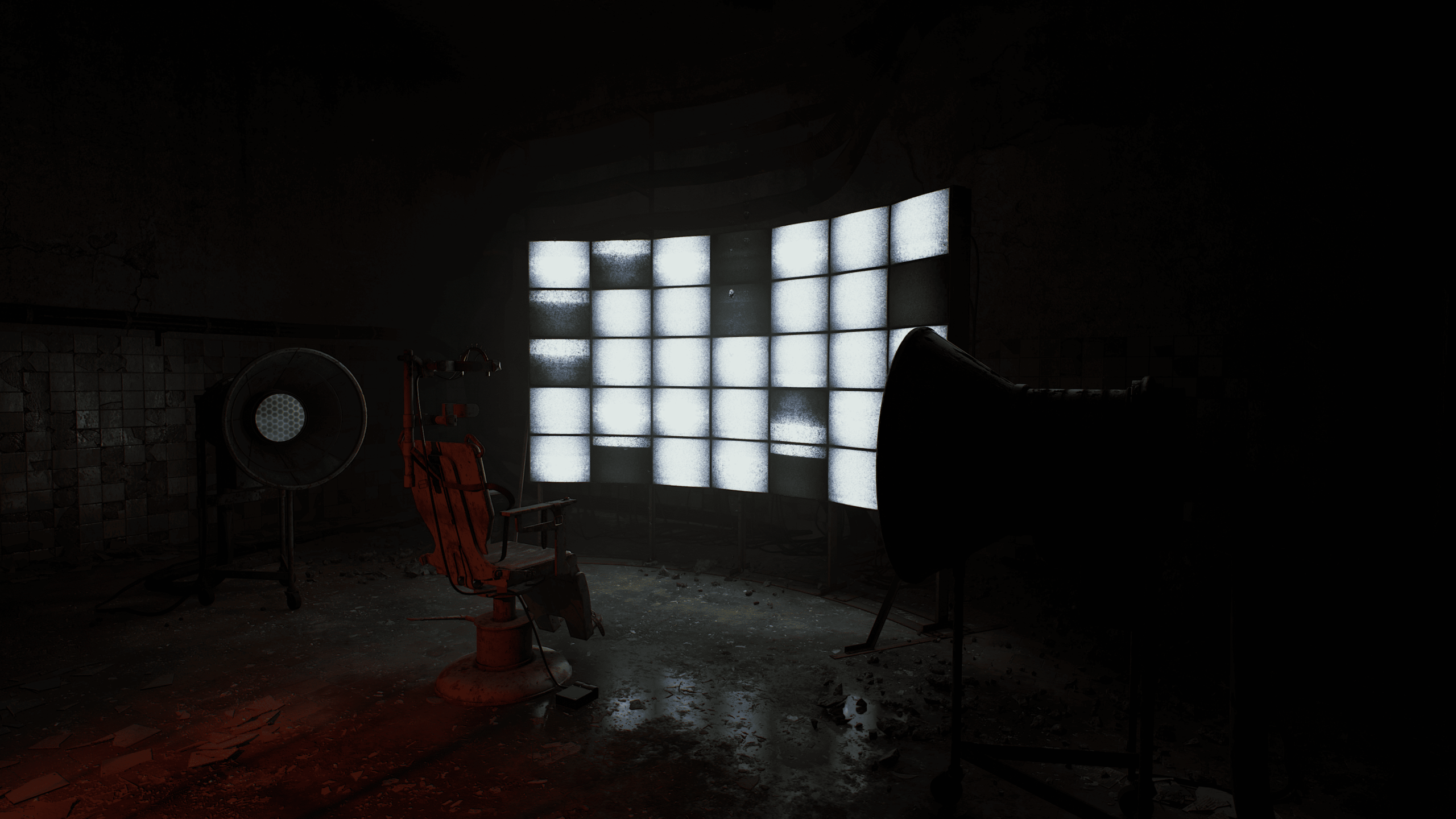
Loner, Wanderer, Nomad, Skif
All in all, I’ve come away from Stalker 2: Heart of Chornobyl mostly disappointed. Not because it’s a terrible game with no redeeming qualities, but rather because I can see two parallel versions of this game’s vision, both of which I’d have enjoyed far more than the awkward compromise of what we got. If it was focused on fun gameplay and serious but lightweight storytelling, ditch the survival limitations and go nuts. If it wants to be a brutal and immersive sim with heavy-hitting challenge, rework the encounters and design to fit a more tactile, realistic and decision orientated style.
GSC Game Worlds have done a heck of a job in fixing so many broken elements of the game since its release, but I can’t shake the feeling that its development cycle led to it being caught between two worlds, much like the anomalies of the Zone itself. When things start to get fun, you have to complete a marathon to ditch your inventory. When things start to feel tense, you’ll hear a corny line of dialogue or remember you have 178 loafs of bread just down the road in your stash.
I like Stalker 2: Heart of Chornobyl, but I wanted to love it. It’s big game, bustling with a massive core campaign, huge map and some spellbinding visuals when the world is enveloped in catastrophic decay. However, the moments of reward were fleeting, constantly disrupted with the reality of tedious survival mechanics and broken momentum.
S.T.A.L.K.E.R 2: Heart of Chornobyl is available on November 20th for PlayStation 5 (review platform). It is available now on Xbox Series X|S, and PC.
Developer: GSC Game World
Publisher: GSC Game World
Disclaimer: In order to complete this review, we were provided with a promotional copy of the game. For our full review policy, please go here.
If you enjoyed this article or any more of our content, please consider our Patreon.
Make sure to follow Finger Guns on our social channels –Twitter, Facebook, Twitch, Spotify or Apple Podcasts – to keep up to date on our news, reviews and features.
